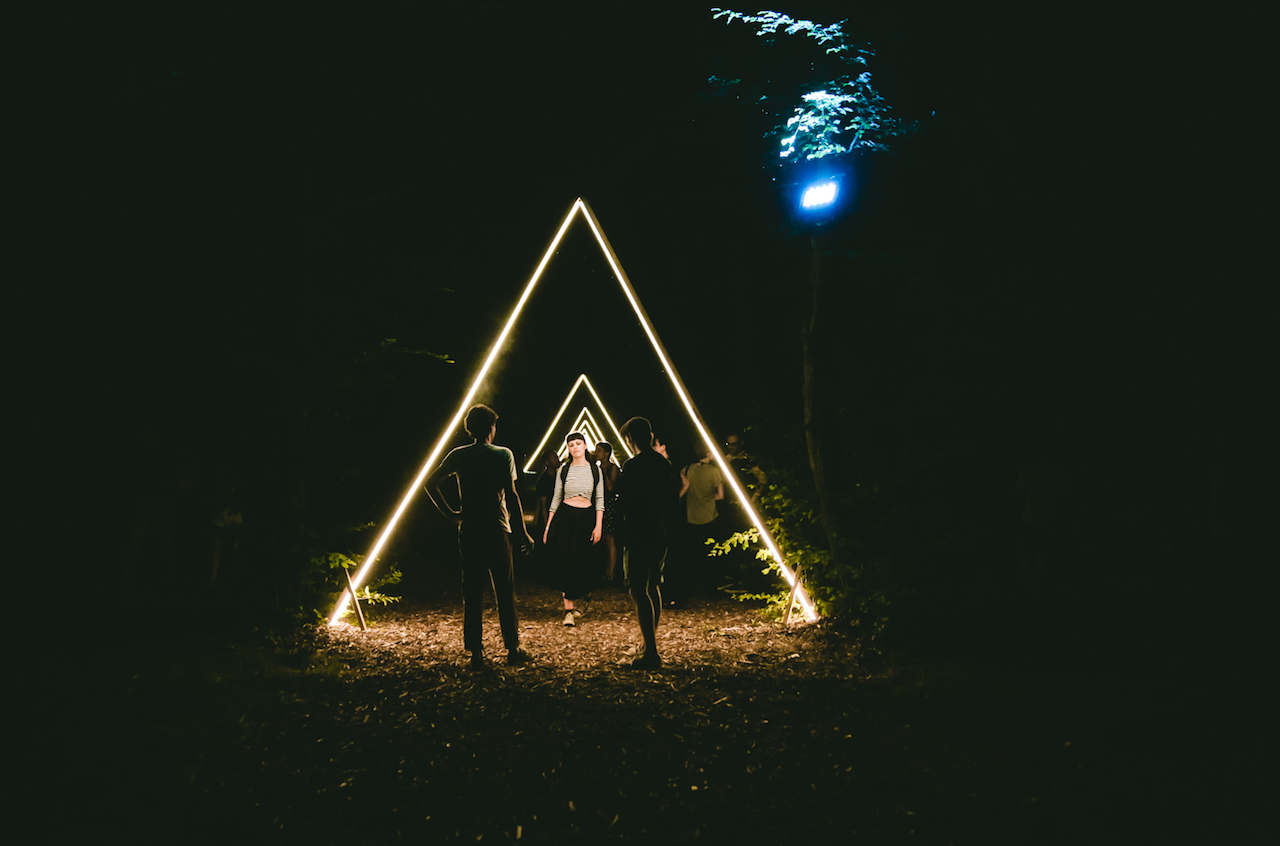- At Terraforma 2017, it was often impossible to separate the sounds of the performances from the sounds of the surroundings. The wooded gardens of Villa Arconati, a baroque rural palace built in the 17th and 18th century, was less a venue, and more an active participant in the festival. During a memorable afternoon set by the American new age artist Laraaji, the fauna was in concert with his soothing singing and zither tones. The weather also played a key role. With temperatures often exceeding 35 degrees, the audience absorbed the music in a stoned haze. At one point, Laraaji broke from his mantric vocals and engaged the audience, who, shaking off their torpor, responded with applause and slowly rose to their feet.
Suzanne Ciani, the 71-year-old artist known for her pioneering work within electronic music, was another act whose music mingled with the environment. Facing away from the audience in the half-moon-shaped Labyrinth space, the rounded tones of her Buchla 200e, which itself resembled a tangled jungle floor, played off against the early-evening hum of crickets. The white noise she bounced around the five-point soundsystem portended the biblical thunder storm that would rip through Villa Arconati early the next morning.
Then there were the performances that were themselves forces of nature. Shortly after Ciani's set was abruptly ended because of a power cut (which she handled gracefully), Rabih Beaini and Senyawa began their collaborative KAFR set on the main stage. The trio's respective input—Rully Shabara's otherworldly vocals, Wukir Suryadi's distinctive homemade string instrument, Beaini's scattered drum machine patterns—didn't coalesce so much as manically ricochet off one another. Later that evening, Mala got the best out of the dub soundsystem over at the second stage. He lightly peppered the first half of his set with anthems (Loefah's "Disko Rekah," his own "Changes") before taking the handbrake off later on, dropping tracks like The Bug's "Skeng" and finishing with the incredible Kahn and Neek remix of Sir Spyro's "Topper Top."
This sequence of performances was a snapshot of the exemplary curation at Terraforma, something that was helped enormously by the fact there were no simultaneous performances. With the best will in the world, the usual festival format comes with the nagging sense that you're always missing out on something; here, as one set finished, the crowd simply drifted towards the distant sound of the next artist starting. The only misstep was the placement of Wolfgang Voigt's meditative Gas project, which, coming early on the first evening, was met by a restless audience still finding their festival feet and catching up with each other.
Things were a lot more focused later that night, as Arpanet, Aurora Halal and Objekt played consecutively on the main stage. Each of them has cultivated a unique sound world, which worked smoothly in sequence here. Gerald Donald's spindly electro, performed live with brief pauses between tracks, gave way to Aurora Halal's driving and atmospheric techno, which in turn complemented Objekt's looser rhythms and wild rave gestures. The crowd—a blend of locals and English-speaking visitors, all of them chilled and definitely there for the music—appeared to love all three.
Terraforma's billing as an "experimental and sustainable music festival" seemed to resonate with this audience, and there was both a spirit of open-mindedness towards the music and a respect for the surroundings. As an example of this, waste was separated out for recycling and people were given pouches to put their cigarette butts in. An increasing number of festivals these days seem to be recognising and attempting to manage their environmental impact, and Terraforma's style of gently reinforcing the issue felt like a sound model for this.
By Sunday the weather had cooled off a little, which encouraged people to get the dancing started early. Where the afternoon sets from Donato Dozzy and Rawmance the day before had been fully horizontal ambient experiences, Paquita Gordon and Ece Duzgit began with slow psychedelics and built to a full-on dance floor freakout. They were refreshing to watch as they bounced off each other, screwed around with turntables tricks and got people moving to deeply out-there music, like Jon Hassell's "Voodoo Wind" and Nuova Compagnia Di Canto Popolare's "Tammurriata Alli Uno.Alli Uno." John Swing and the MC David Soleil-Mon followed with an impressive new dub-inspired project, and on the main stage Andrew Weatherall added another dimension to the weekend by playing Siouxsie And The Banshees, The Dream Syndicate and other guitar-driven rollers.
Dreesvn and Kiki Hitomi were billed as the final acts but in a welcomed twist, Dozzy returned to close the festival on the second stage. The next surprise was what he played: a mix of broken beats—half-time drum & bass included—that culminated in a gabber track that everyone was talking about the next morning. Framed by the surrounding canopy of trees, people were dancing to the final beats of what must comfortably be one of Europe's best small festivals.
Photo credit /
Michela Di Savino
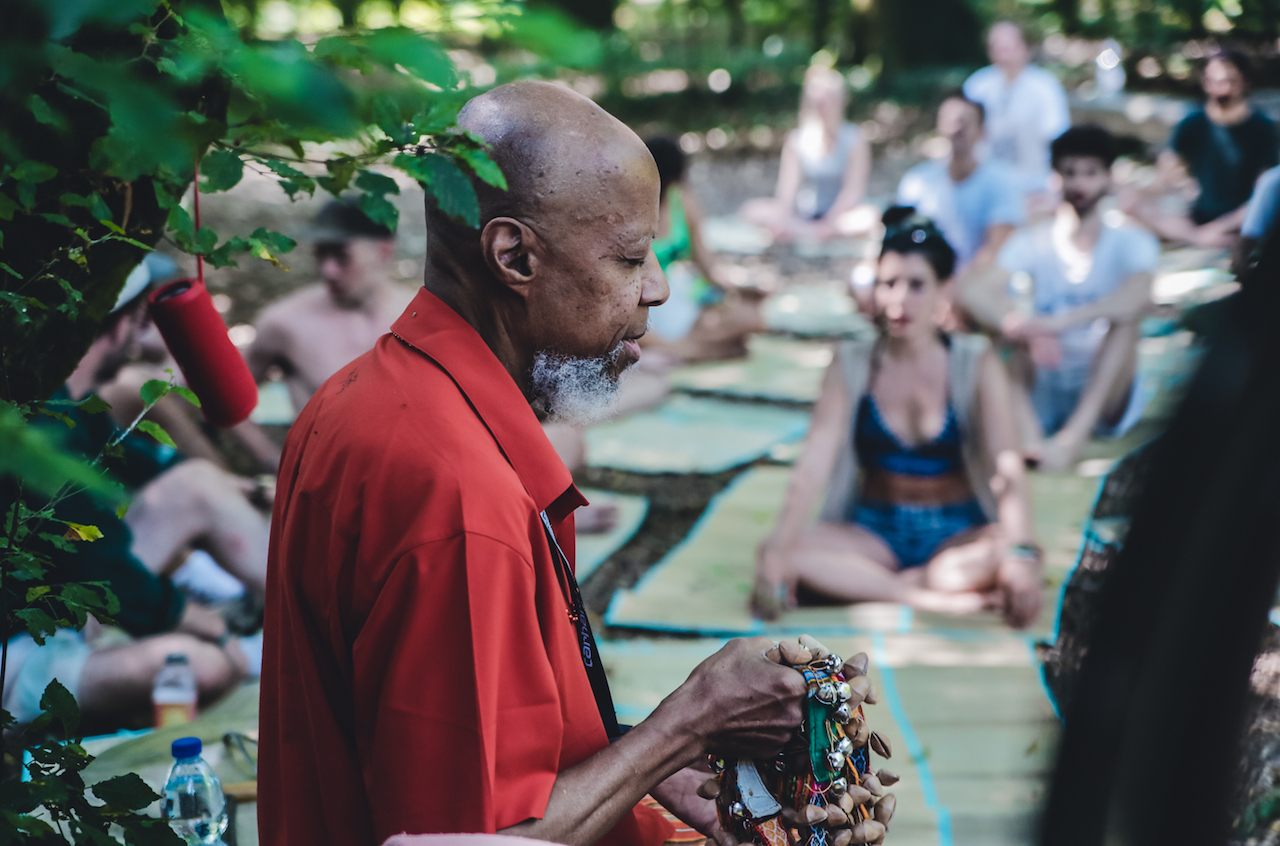 Then there were the performances that were themselves forces of nature. Shortly after Ciani's set was abruptly ended because of a power cut (which she handled gracefully), Rabih Beaini and Senyawa began their collaborative KAFR set on the main stage. The trio's respective input—Rully Shabara's otherworldly vocals, Wukir Suryadi's distinctive homemade string instrument, Beaini's scattered drum machine patterns—didn't coalesce so much as manically ricochet off one another. Later that evening, Mala got the best out of the dub soundsystem over at the second stage. He lightly peppered the first half of his set with anthems (Loefah's "Disko Rekah," his own "Changes") before taking the handbrake off later on, dropping tracks like The Bug's "Skeng" and finishing with the incredible Kahn and Neek remix of Sir Spyro's "Topper Top." This sequence of performances was a snapshot of the exemplary curation at Terraforma, something that was helped enormously by the fact there were no simultaneous performances. With the best will in the world, the usual festival format comes with the nagging sense that you're always missing out on something; here, as one set finished, the crowd simply drifted towards the distant sound of the next artist starting. The only misstep was the placement of Wolfgang Voigt's meditative Gas project, which, coming early on the first evening, was met by a restless audience still finding their festival feet and catching up with each other.
Then there were the performances that were themselves forces of nature. Shortly after Ciani's set was abruptly ended because of a power cut (which she handled gracefully), Rabih Beaini and Senyawa began their collaborative KAFR set on the main stage. The trio's respective input—Rully Shabara's otherworldly vocals, Wukir Suryadi's distinctive homemade string instrument, Beaini's scattered drum machine patterns—didn't coalesce so much as manically ricochet off one another. Later that evening, Mala got the best out of the dub soundsystem over at the second stage. He lightly peppered the first half of his set with anthems (Loefah's "Disko Rekah," his own "Changes") before taking the handbrake off later on, dropping tracks like The Bug's "Skeng" and finishing with the incredible Kahn and Neek remix of Sir Spyro's "Topper Top." This sequence of performances was a snapshot of the exemplary curation at Terraforma, something that was helped enormously by the fact there were no simultaneous performances. With the best will in the world, the usual festival format comes with the nagging sense that you're always missing out on something; here, as one set finished, the crowd simply drifted towards the distant sound of the next artist starting. The only misstep was the placement of Wolfgang Voigt's meditative Gas project, which, coming early on the first evening, was met by a restless audience still finding their festival feet and catching up with each other.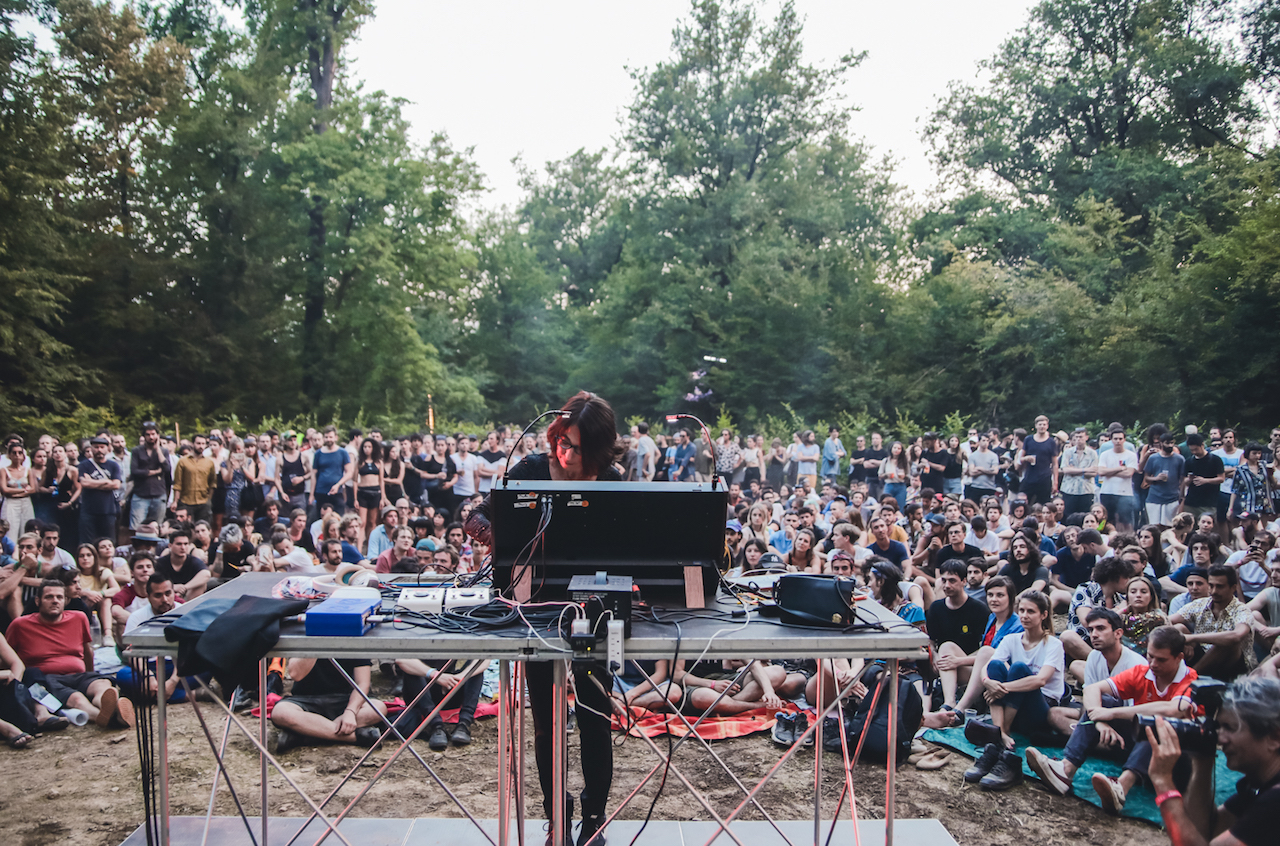
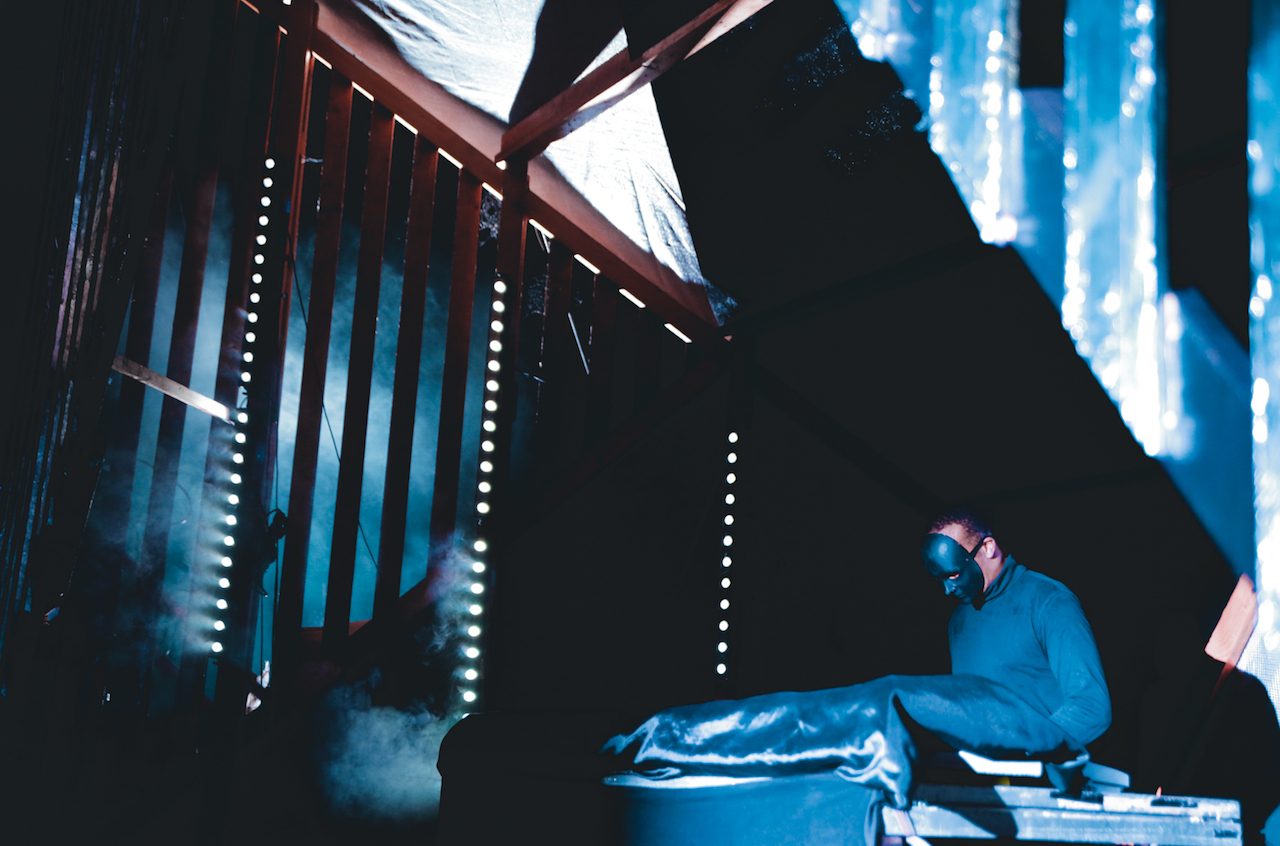 Things were a lot more focused later that night, as Arpanet, Aurora Halal and Objekt played consecutively on the main stage. Each of them has cultivated a unique sound world, which worked smoothly in sequence here. Gerald Donald's spindly electro, performed live with brief pauses between tracks, gave way to Aurora Halal's driving and atmospheric techno, which in turn complemented Objekt's looser rhythms and wild rave gestures. The crowd—a blend of locals and English-speaking visitors, all of them chilled and definitely there for the music—appeared to love all three. Terraforma's billing as an "experimental and sustainable music festival" seemed to resonate with this audience, and there was both a spirit of open-mindedness towards the music and a respect for the surroundings. As an example of this, waste was separated out for recycling and people were given pouches to put their cigarette butts in. An increasing number of festivals these days seem to be recognising and attempting to manage their environmental impact, and Terraforma's style of gently reinforcing the issue felt like a sound model for this.
Things were a lot more focused later that night, as Arpanet, Aurora Halal and Objekt played consecutively on the main stage. Each of them has cultivated a unique sound world, which worked smoothly in sequence here. Gerald Donald's spindly electro, performed live with brief pauses between tracks, gave way to Aurora Halal's driving and atmospheric techno, which in turn complemented Objekt's looser rhythms and wild rave gestures. The crowd—a blend of locals and English-speaking visitors, all of them chilled and definitely there for the music—appeared to love all three. Terraforma's billing as an "experimental and sustainable music festival" seemed to resonate with this audience, and there was both a spirit of open-mindedness towards the music and a respect for the surroundings. As an example of this, waste was separated out for recycling and people were given pouches to put their cigarette butts in. An increasing number of festivals these days seem to be recognising and attempting to manage their environmental impact, and Terraforma's style of gently reinforcing the issue felt like a sound model for this.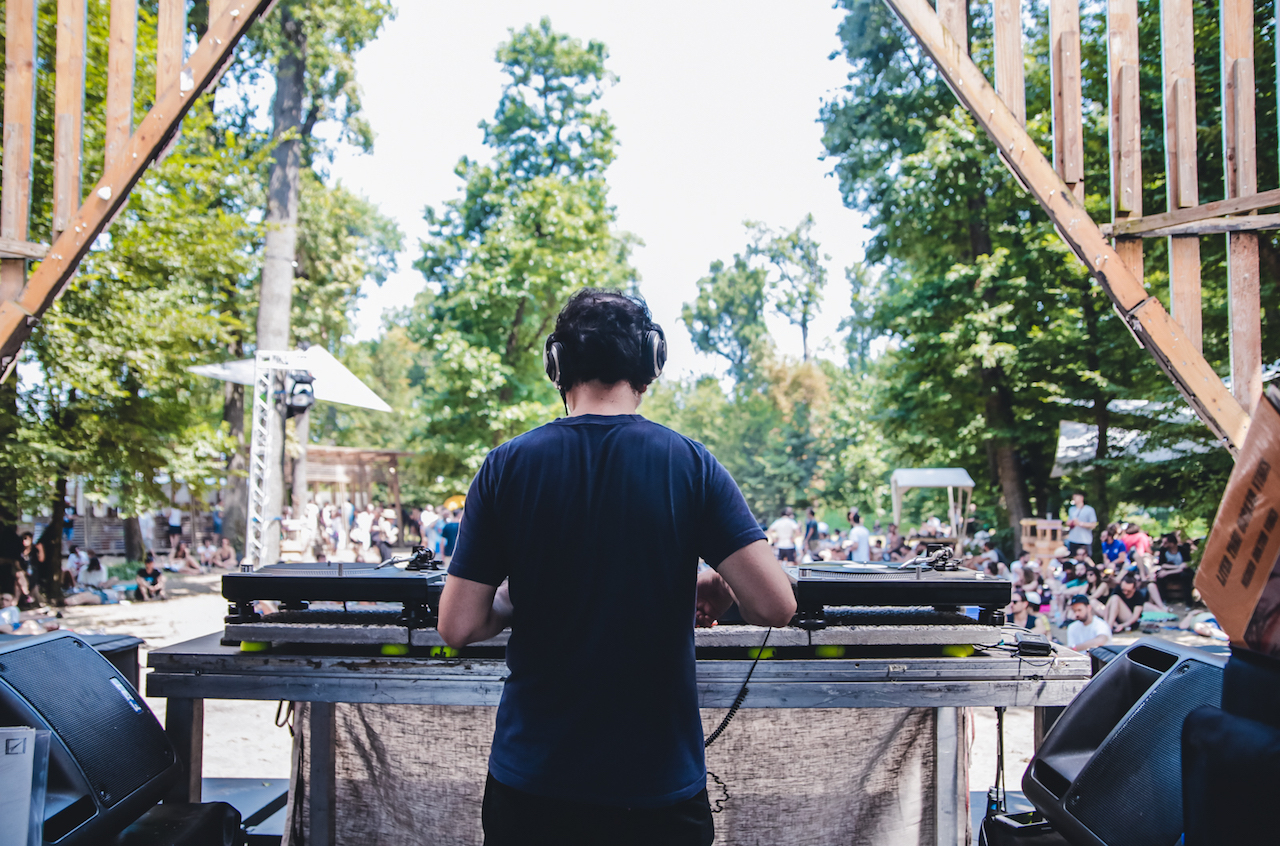
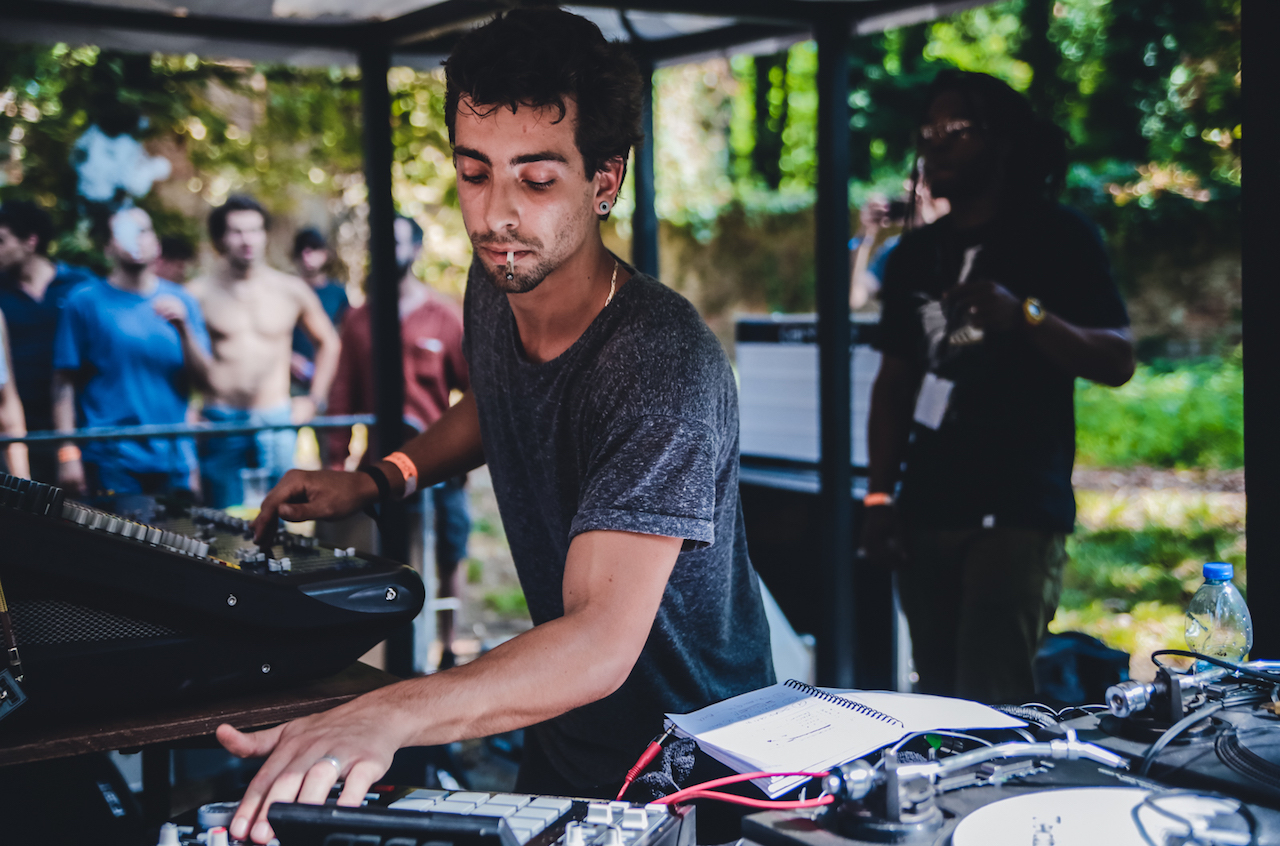 By Sunday the weather had cooled off a little, which encouraged people to get the dancing started early. Where the afternoon sets from Donato Dozzy and Rawmance the day before had been fully horizontal ambient experiences, Paquita Gordon and Ece Duzgit began with slow psychedelics and built to a full-on dance floor freakout. They were refreshing to watch as they bounced off each other, screwed around with turntables tricks and got people moving to deeply out-there music, like Jon Hassell's "Voodoo Wind" and Nuova Compagnia Di Canto Popolare's "Tammurriata Alli Uno.Alli Uno." John Swing and the MC David Soleil-Mon followed with an impressive new dub-inspired project, and on the main stage Andrew Weatherall added another dimension to the weekend by playing Siouxsie And The Banshees, The Dream Syndicate and other guitar-driven rollers. Dreesvn and Kiki Hitomi were billed as the final acts but in a welcomed twist, Dozzy returned to close the festival on the second stage. The next surprise was what he played: a mix of broken beats—half-time drum & bass included—that culminated in a gabber track that everyone was talking about the next morning. Framed by the surrounding canopy of trees, people were dancing to the final beats of what must comfortably be one of Europe's best small festivals. Photo credit / Michela Di Savino
By Sunday the weather had cooled off a little, which encouraged people to get the dancing started early. Where the afternoon sets from Donato Dozzy and Rawmance the day before had been fully horizontal ambient experiences, Paquita Gordon and Ece Duzgit began with slow psychedelics and built to a full-on dance floor freakout. They were refreshing to watch as they bounced off each other, screwed around with turntables tricks and got people moving to deeply out-there music, like Jon Hassell's "Voodoo Wind" and Nuova Compagnia Di Canto Popolare's "Tammurriata Alli Uno.Alli Uno." John Swing and the MC David Soleil-Mon followed with an impressive new dub-inspired project, and on the main stage Andrew Weatherall added another dimension to the weekend by playing Siouxsie And The Banshees, The Dream Syndicate and other guitar-driven rollers. Dreesvn and Kiki Hitomi were billed as the final acts but in a welcomed twist, Dozzy returned to close the festival on the second stage. The next surprise was what he played: a mix of broken beats—half-time drum & bass included—that culminated in a gabber track that everyone was talking about the next morning. Framed by the surrounding canopy of trees, people were dancing to the final beats of what must comfortably be one of Europe's best small festivals. Photo credit / Michela Di Savino